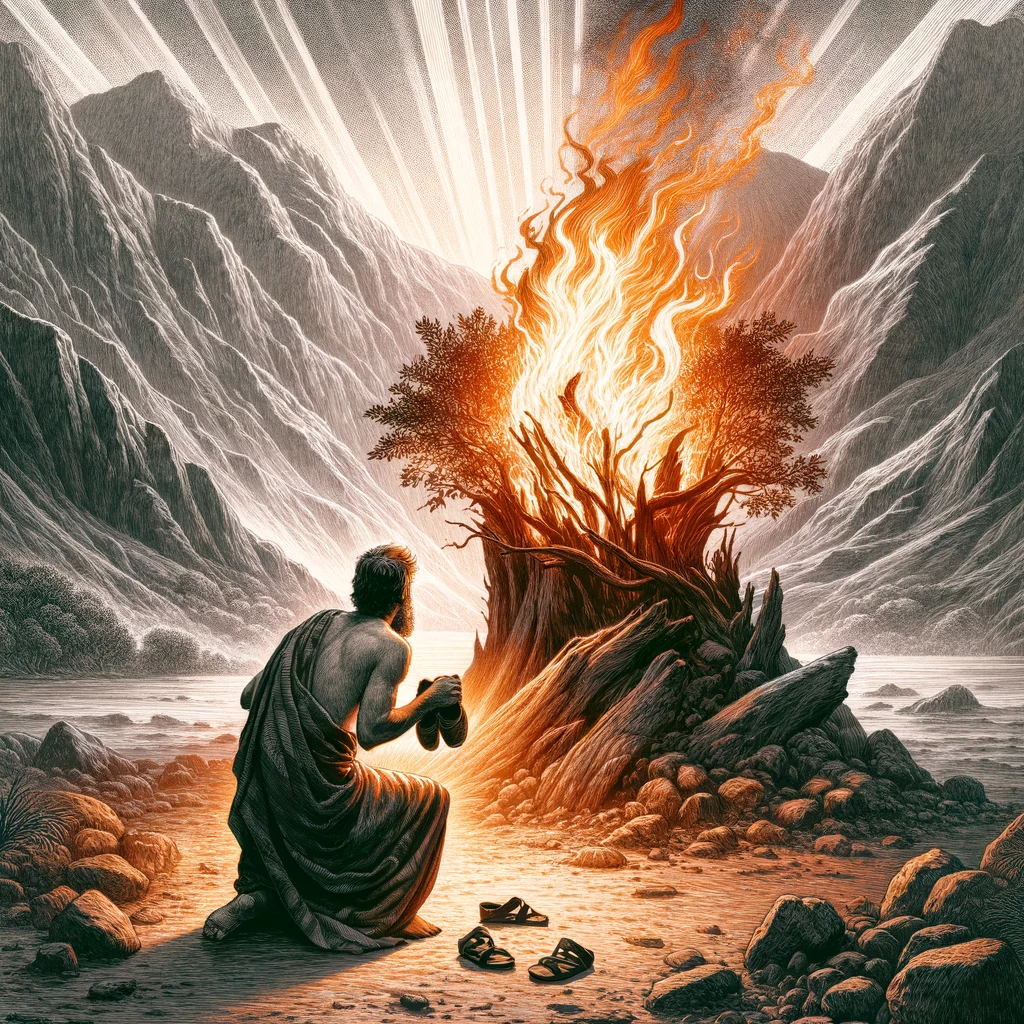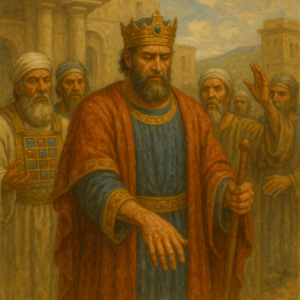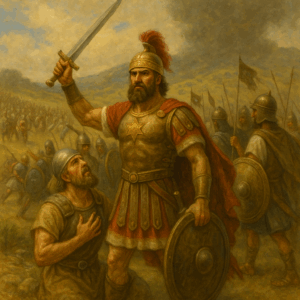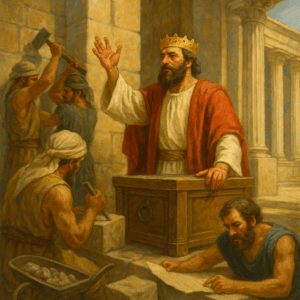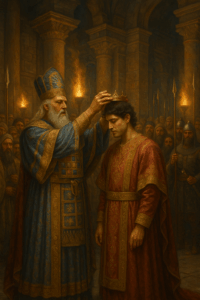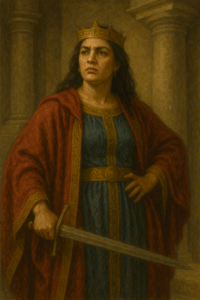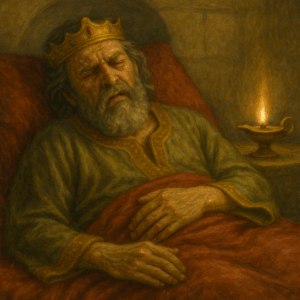Introduction:
Exodus Chapter 3 stands as one of the most iconic moments in the Old Testament, where Moses encounters God in the burning bush and receives his divine calling. This chapter is not just a story of a miraculous event but also a deep exploration of faith, duty, and leadership.
The Burning Bush: A Divine Encounter:
The chapter begins with Moses tending the flock of his father-in-law Jethro. At Mount Horeb, he witnesses a bush that is burning yet not consumed by the fire. Curious, Moses approaches and finds himself in the presence of God. This extraordinary encounter signifies a pivotal moment in Moses’ life and the broader narrative of the Israelite people.
Key Themes and Contemporary Reflections:
The Call to Service:
Moses’ encounter with God at the burning bush represents a profound call to service. Despite his initial reluctance and self-doubt, Moses accepts the daunting task of leading the Israelites out of Egypt.
Modern Application: Many can relate to Moses’ hesitation when faced with a significant challenge or responsibility. This story serves as an inspiration to embrace our calls to service, even when they seem overwhelming, trusting in our ability to grow into our roles.
God’s Presence and Assurance:
The burning bush as an unburnt symbolizes the perpetual presence and enduring nature of God. God’s reassurance to Moses, “I will be with you,” offers comfort and strength in facing daunting tasks.
Modern Application: In our moments of doubt and uncertainty, this narrative reminds us that we are not alone in our endeavors. It encourages a deeper reliance on faith, community, or a higher power for guidance and support.
The Struggle for Freedom:
God’s message to Moses is not only a personal calling but also a declaration of liberation for the Israelites. It sets the stage for a larger narrative of freedom from oppression.
Modern Application: This theme resonates deeply in a world where many are still fighting for freedom and justice. The story of Moses and the burning bush inspires continued efforts towards liberation and equality in various contexts.
Identity and Mission:
Moses’ dialogue with God at the burning bush also delves into questions of identity and mission. The famous line “I AM WHO I AM” signifies a profound revelation about the nature of God and Moses’ role in His plan.
Modern Application: In our quest for purpose and identity, this chapter encourages introspection and openness to understanding our roles within larger narratives and missions beyond our immediate concerns.
Conclusion:
Exodus Chapter 3 is a rich tapestry of symbolism, faith, and divine calling. The story of the burning bush and Moses’ subsequent mission is a powerful reminder of the potential within each of us to rise to extraordinary challenges. As we navigate our own journeys, may we find inspiration in Moses’ story to embrace our purposes, overcome our doubts, and contribute to the greater good.
Share Article
Exodus 3: The Burning Bush and the Call of Moses
